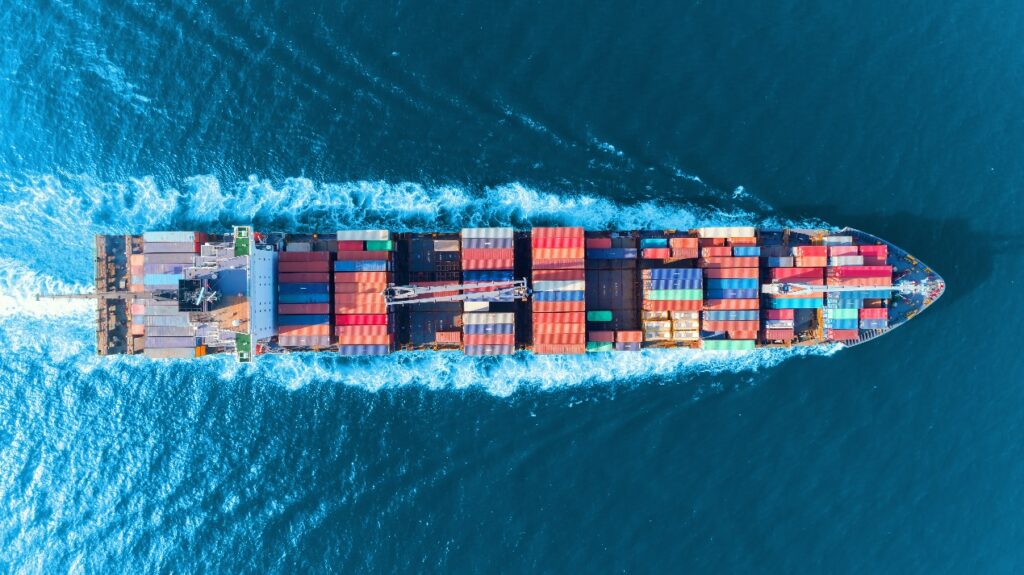When I started importing goods from China to the Philippines, one of the biggest hurdles was filling out the import declaration forms correctly. Here’s how I tackled it, and what I learned along the way.
1. Gather All Required Documents
Before preparing the form, I made sure to have:
- Commercial Invoice
- Packing List
- Bill of Lading or Airway Bill
- Certificate of Origin (if applicable)
- Import Permit (for regulated items)
This paperwork is crucial to support your import declaration submission to the Philippines Bureau of Customs (BOC).
2. Use a Philippines-Friendly Shipping Company
To avoid delays and miscommunication, I worked with a Philippines-friendly shipping company based in China. They helped prepare customs documentation and even reviewed my forms for accuracy.
3. Understand the Format of the Declaration
The Single Administrative Document (SAD) is the main form. I used the BOC’s online platform (e2m) to fill this out. My broker assisted with correct HS codes and item descriptions.
4. Refer to a Shipping Price List by Item
Knowing how much duty and VAT I would pay was easier once I found a Philippines shipping price list by item category. These lists helped estimate taxes and avoid surprise costs.
5. Submit with a Licensed Customs Broker
I didn’t file directly. Instead, I submitted everything through a licensed customs broker who ensured my documents met BOC standards and that the declaration was lodged correctly and promptly.

People Also Ask (PAA)
1. What documents are needed for an import declaration in the Philippines?
You typically need a commercial invoice, packing list, bill of lading, import permit (if required), and certificate of origin.
2. Can I prepare my own import declaration to the Philippines?
Technically yes, but it’s highly recommended to use a licensed customs broker familiar with BOC’s e2m system.
3. Where do I get shipping price estimates to the Philippines?
Most Philippines-friendly shipping companies in China can provide a shipping price list by item, including freight and estimated customs duties.
4. What is the e2m system in the Philippines?
It’s the Bureau of Customs’ electronic platform for filing import declarations and processing customs clearance.
5. How long does it take to clear customs in the Philippines?
Typically 1–3 days if documents are complete and the declaration is correct, but delays can occur if inspections are triggered.
